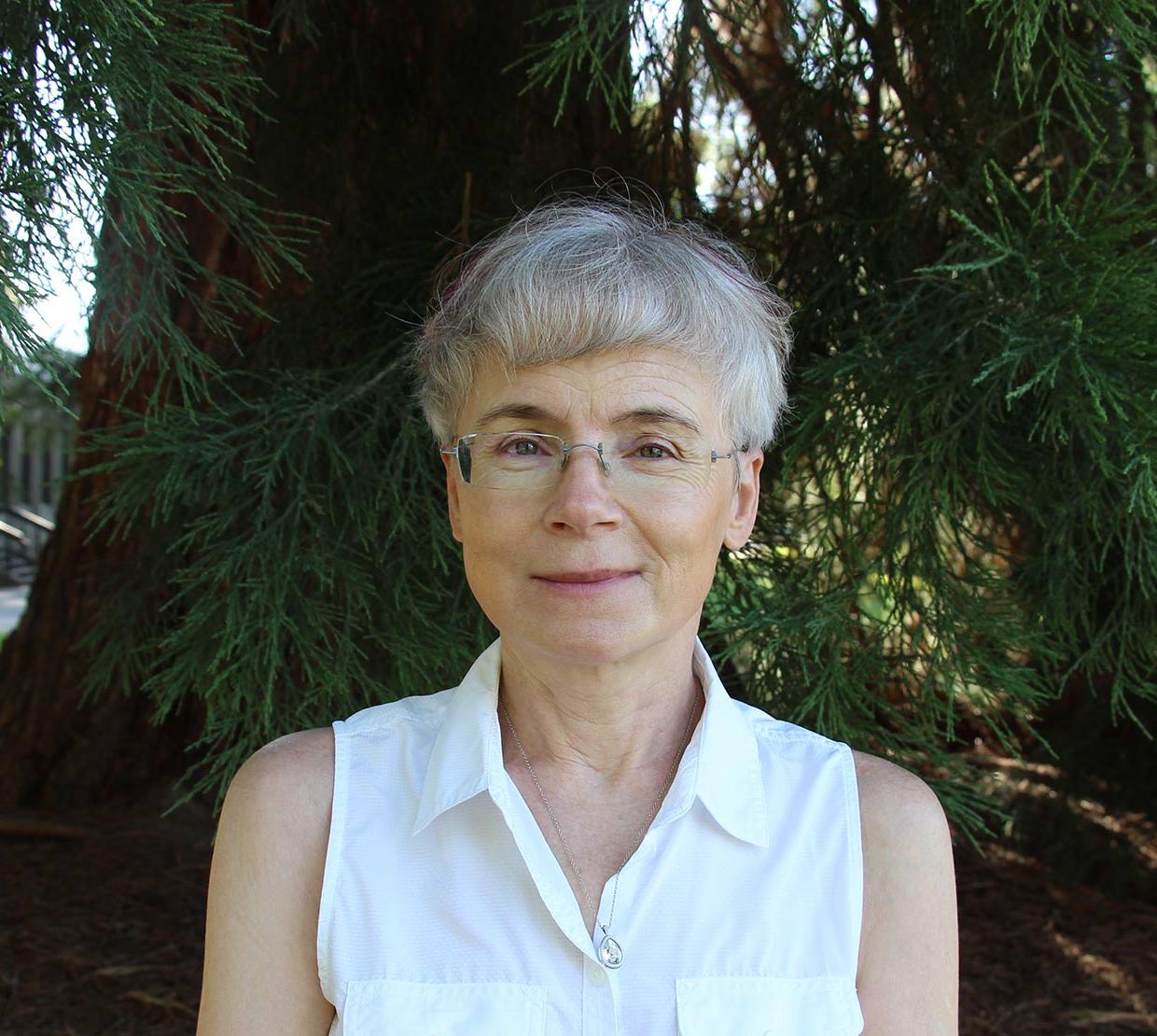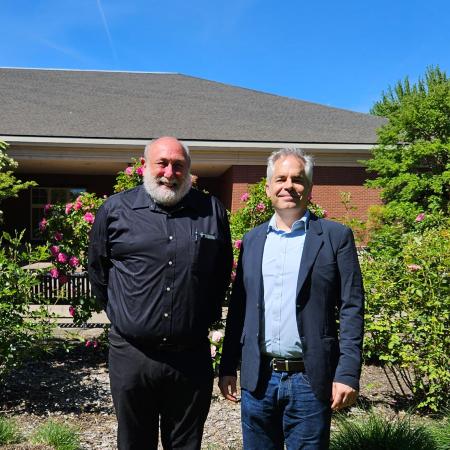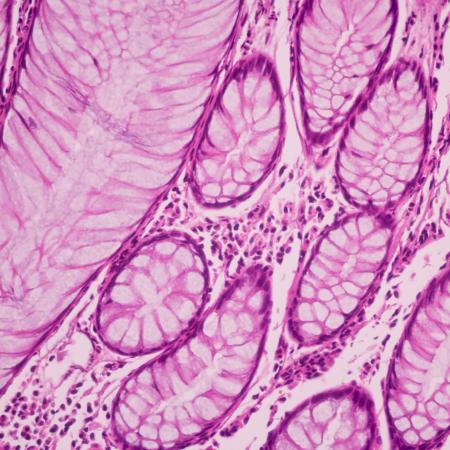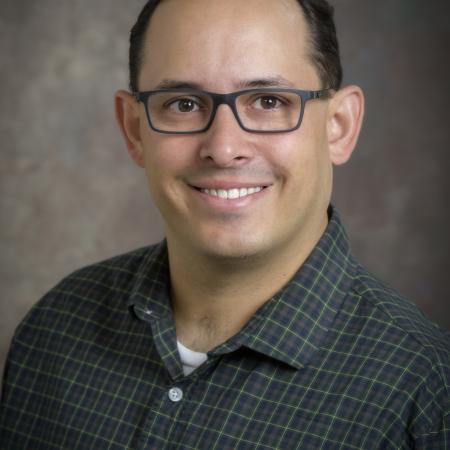The College of Science is proud to announce that Malgorzata Peszynska, professor of applied mathematics, has received the Society for Industrial and Applied Mathematics (SIAM) Geosciences Career Prize for “exceptional contributions to analysis of multiphysics processes in geosciences, consistently producing mathematical and computational results of the highest quality, while supporting the community through exemplary service.”
Established in 2008, the prize is awarded every two years to “an outstanding senior researcher for broad and distinguished contributions to the solution of mathematical and computational problems in the geosciences.” Scientists who have held a Ph.D. for 15 years or longer are eligible for the highly competitive award.
Peszynska will formally receive the award at the 2021 SIAM Conference on Mathematical and Computational Issues in the Geosciences, originally scheduled to take place in Milan. The conference will facilitate the exchange of ideas between internationally reputed scientists in interdisciplinary fields related to the geosciences.
“Peszynska is held in the very highest esteem for her record of excellence in all facets of productive academic activity,” said Bill Bogley, chair of the Department of Mathematics. “Her record of engagement and leadership leaves no doubt that colleagues from Oregon State University, the nation and the world all recognize and seek to engage with her energy and expertise.” He commended her notable history of mentorship and advocacy for her students, including a 2006 Mortar Board Top Professor award and 2016 Department of Mathematics Graduate Faculty award.
Peszynska is the second Oregon State applied mathematician to receive the award. In 2017, Juan Restrepo received the Career Prize for his work using mathematical models to study the ocean and the atmosphere. With only seven total winners since 2008, this is an admirable achievement for the university.
With expertise that spans disciplines, Peszynska primarily works to use mathematical tools to solve problems related to energy engineering and climate change. Her modeling of transport includes porous media phenomena in aquifers, oil and gas reserves, carbon sequestration, solar cells and the effect of permafrost warming. Perhaps most notable is her use of computational mathematics to model methane hydrate transfer and evolution.
"As an applied mathematician in this area, the objective is to provide reliable and accurate modeling tools for simulation of various scenarios to help mitigate and contain the possible disasters”
Methane hydrate is an “ice” found primarily in the Arctic permafrost as well as in sub-ocean sediments. Known as one of the largest potential sources of fossil fuel, it is also one of the most risky. Existing in a delicate pressure-temperature equilibrium, exposure to heat could lead to melting that could cause explosions, or huge quantities of methane gas escaped into the atmosphere.
The specific conditions at which it exists have also meant that it has been exceedingly difficult to study using traditional research tools. This is where using mathematics can be so useful. “As an applied mathematician in this area, the objective is to provide reliable and accurate modeling tools for simulation of various scenarios to help mitigate and contain the possible disasters,” Peszynska said.
Supported by two National Science Foundation awards --one for $384K for 2015-21 and another Division of Mathematical Sciences award for $224K for 2019-22 -- Peszynska and her team have combined computational mathematics with geophysical mechanics of hydrate behavior, developing new mathematical models and results to study the transport and evolution of methane gas under the influence of changing sea temperatures, the warming of permafrost, and the huge range of length and time scales for key elements of the geophysical process.
Her success has been recognized with numerous awards, including her selection as a 2020 fellow of the American Association for the Advancement of Science (AAAS) for “outstanding contributions to multidisciplinary mathematical and computational modeling of flow and transport in porous media.” Among the 489 selected Fellows this year, she is one of only eight mathematicians chosen nationwide, and the first member of the Oregon State Department of Mathematics to receive this honor.
In addition, she has received the mathematics department’s Joel Davis Faculty Excellence Award, the Graduate Faculty Award, and has been recognized by the Kosciuszko Foundation as a Distinguished Fellow of the Collegium of Eminent Scientists of Polish Origin and Ancestry. Peszynska was also a 2009-2010 Fulbright Research Scholar at the University of Warsaw.




